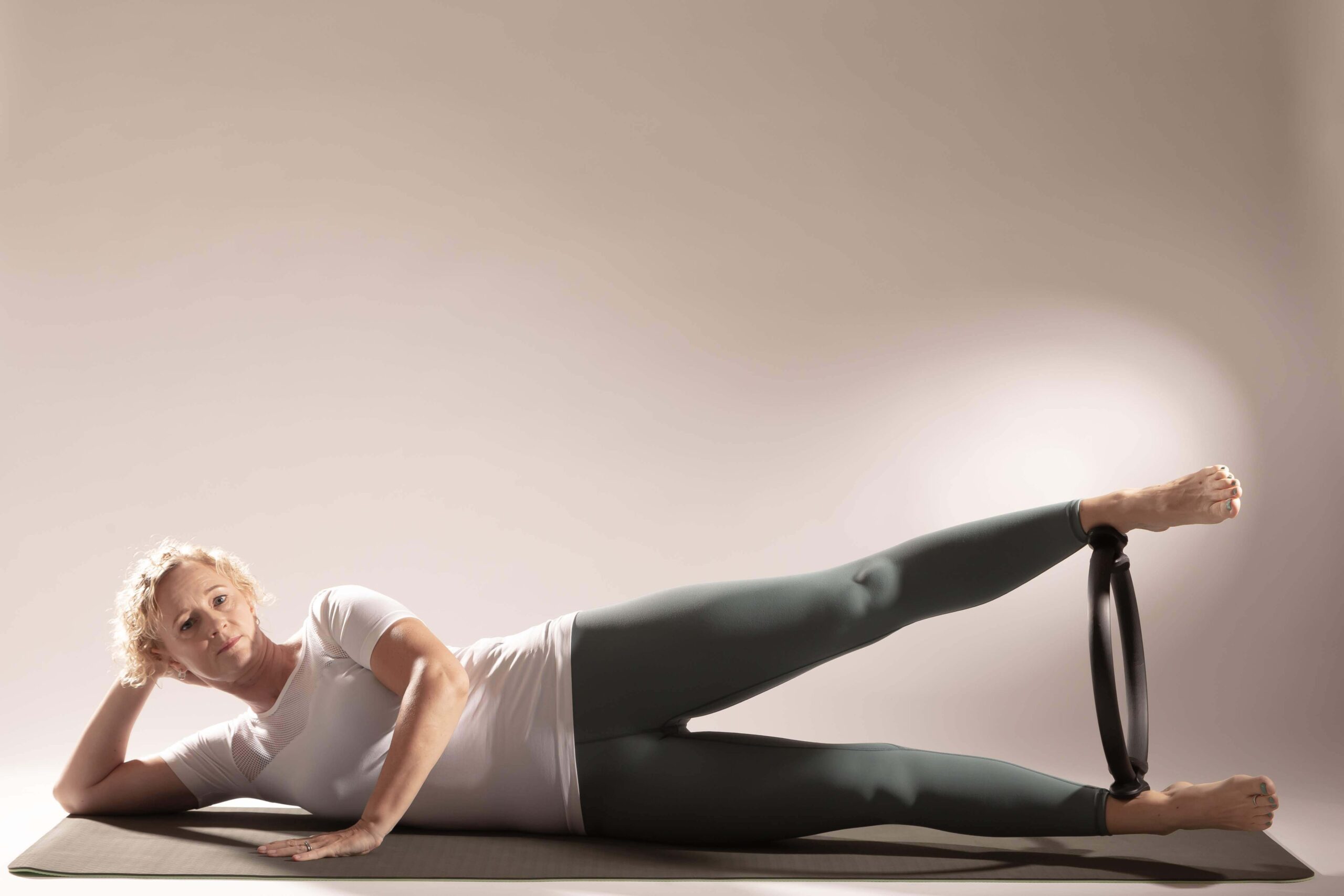I’ve taken a lot of Pilates group classes over the years. I started going to Reformer classes in Brisbane eight years ago and then — in more recent years —Pilates on the Mat. It’s interesting that I don’t remember the principles of Pilates being mentioned or discussed in depth by the instructors in those classes. They may have used one or more principles as a cue now and then but because there was no context, I didn’t put two and two together.
I learned about the Pilates Principles and what they meant at my first Pilates Teacher Training course in February 2012. Even then, what they meant and how I could apply them as a trainer didn’t exactly fall into place for me — I couldn’t place the principles in relation to movement, so I didn’t think they were important. Oh, how wrong a newbie Pilates instructor can be!
So what are Pilates Principles?
Pilates Principles are an underlying set of intentions that we all should be aware of — as clients and instructors — at every stage of the Pilates repertoire. These principles are used to develop and enhance the mind-body connection thus enabling us to maximise positive outcomes.
I define the Pilates Principles as follows:-
“Pilates is complete coordination of the body, mind and spirit. We concentrate using the mind-body connection to control our technique in centring the body.
Precision in our movement creates flow and continuous energy and the breath brings all of this together to assist and challenge the body.”
Joseph Pilates says it best: Correctly executed and mastered to the point of subconscious reaction, these exercises will reflect grace and balance in your routine activities.
Effective Pilates practise is based on the following six Pilates Principles:
- Concentration
- Control
- Centring
- Precision
- Flowing movement
- Breathing
I knew managing the breath was important in Pilates because we follow a specific breathing pattern for each exercise. And control and centring are used by teachers in group classes — but the other three? Not so much.

Pilates small apparatus helps you apply the Pilates Principles
The benefits of the Pilates Principles
It wasn’t until after about three months of application and integration of all the principles into my routine that I noticed differences in my mind and body. My lower back pain, which had been bothering me for quite some time, had diminished. I could feel and switch on muscles that I wasn’t able to before. When I put my hands on my waist, I could feel the strength in my core and torso, and my posture improved. From my own daily practise, my understanding of the concepts of Pilates — and the importance of the underlying principles — has expanded.
I have to say that it’s not easy as an instructor to demonstrate these principles easily in each exercise as principles are in the mind and body of the student. To get technique correct there, are so many things to say and think about apart from the principles.
This is why it’s beneficial for you, as a new or seasoned Pilates participant to know and understand the Pilates Principles, why they are important to your practice, and how to apply them correctly and appropriately.
Joseph Pilates warned of the danger of “mindless repetition”. If we avoid thinking about the movement, planning, execution and efficiency of our exercise, we lose touch with our technique — and that can cause injury or pain so we end up missing our goals completely.
Imagine instead that we are fully mindful in each movement. We have each element of the principles integrated and working for you to create mind-body awareness that not only assists you to function in your day-to-day life but also improves it exponentially.
Planning for Pilates perfection with the principles
You (hopefully!) plan for success in other areas of your life. so it makes sense to plan for success in each Pilates movement as well. If you don’t have a plan, how does your body remain on target? You have no comparable measurement or benchmark to know whether you are on- or off-course, or how far you are from reaching your goal.
If you’ve been wanting to try Pilates but don’t know where to start, Kensho Boutique Pilates can teach you how to easily incorporate the principles into your daily life. All you need is time, space and comfortable workout clothes — and we’ll help you with the rest.
It doesn’t matter if you are new to Pilates or a seasoned pro, we offer complimentary consultations to help you reach your fitness goals through effective planning, preparation and practice.
